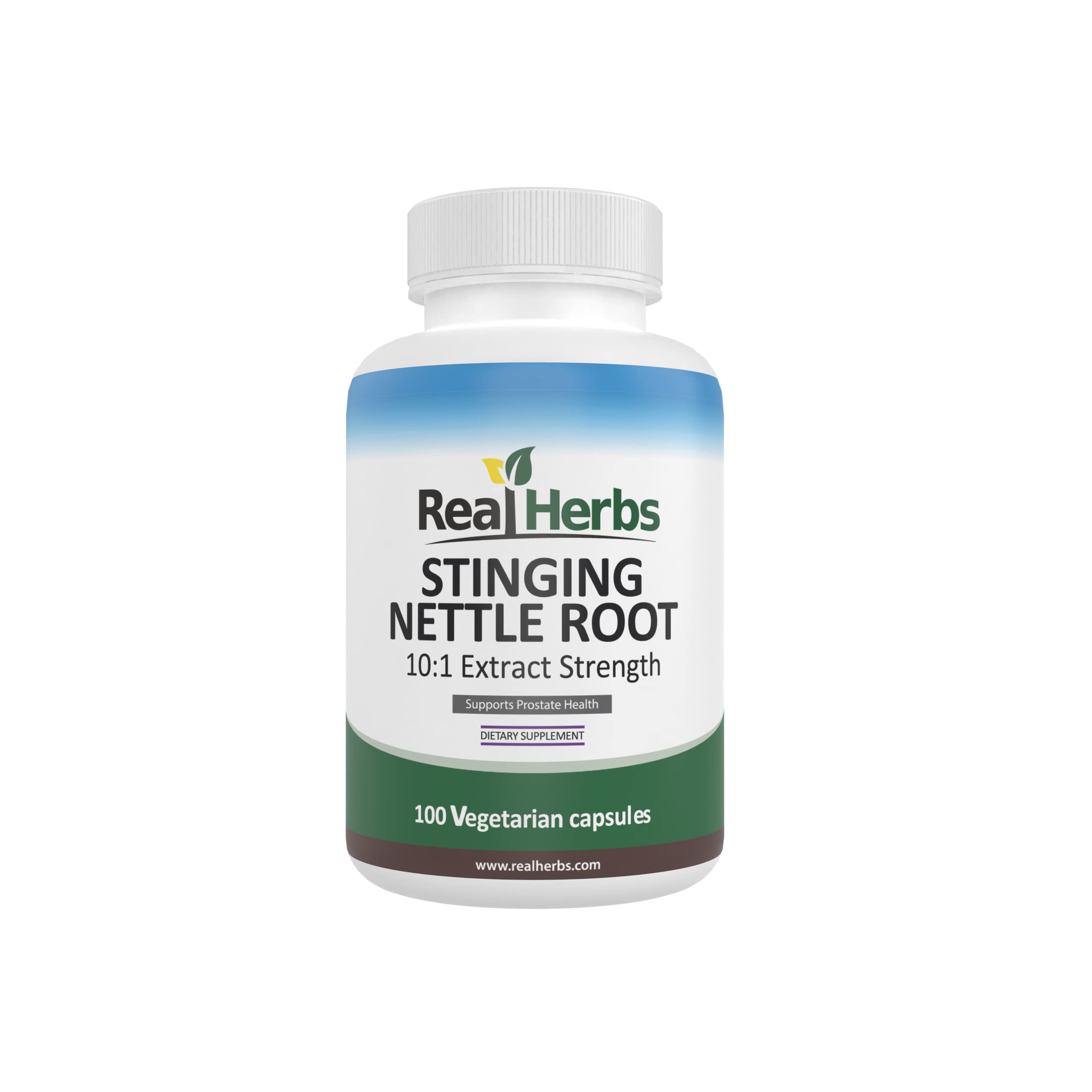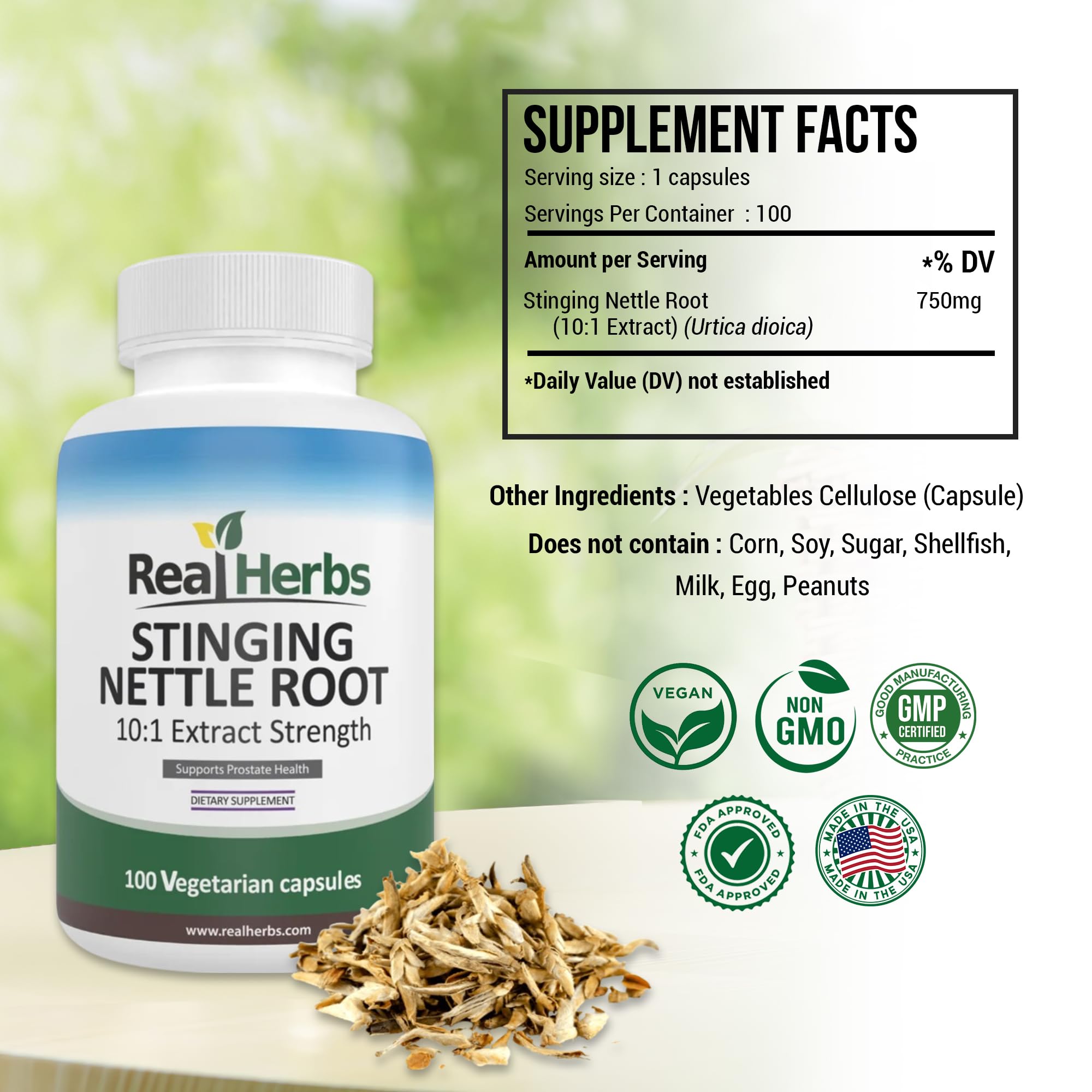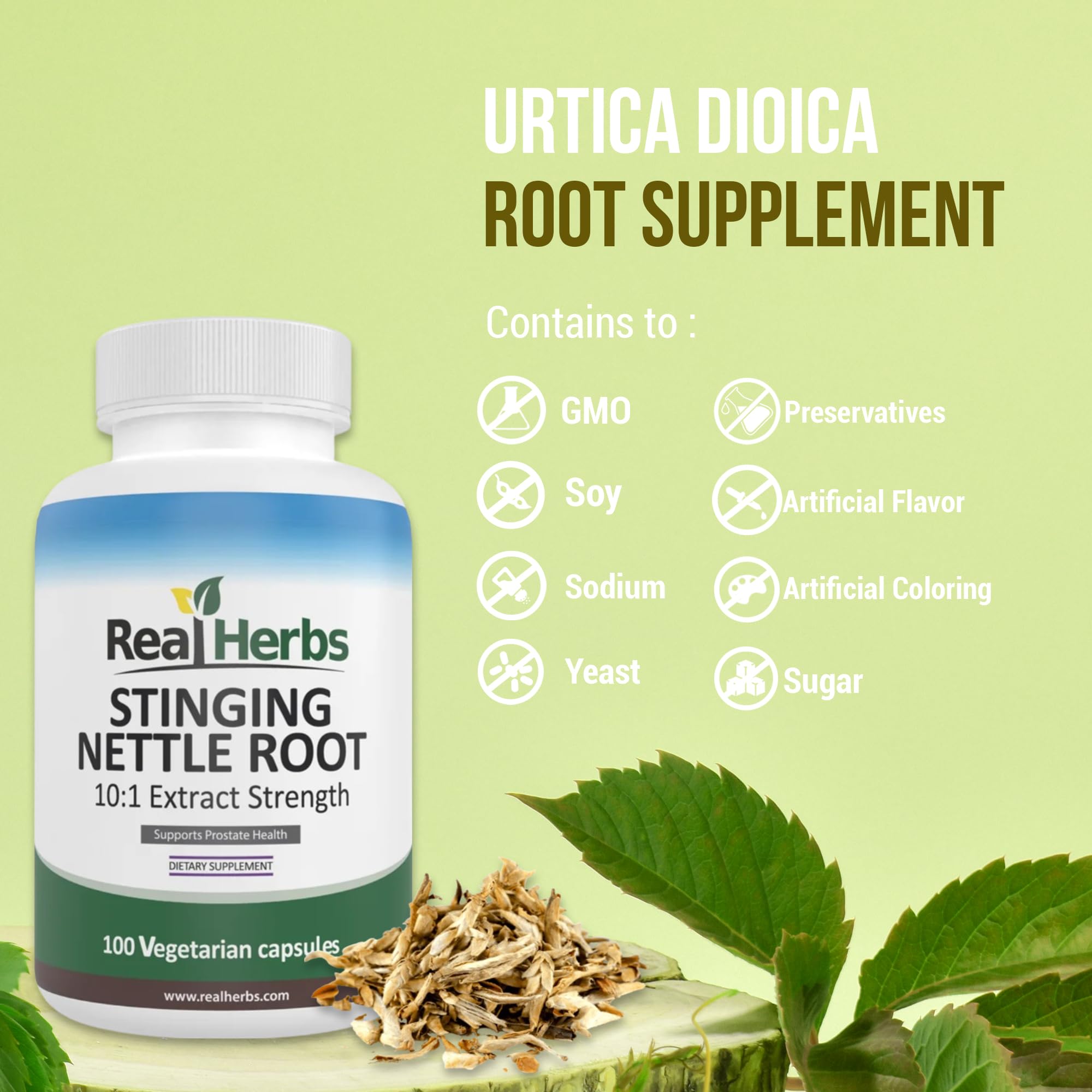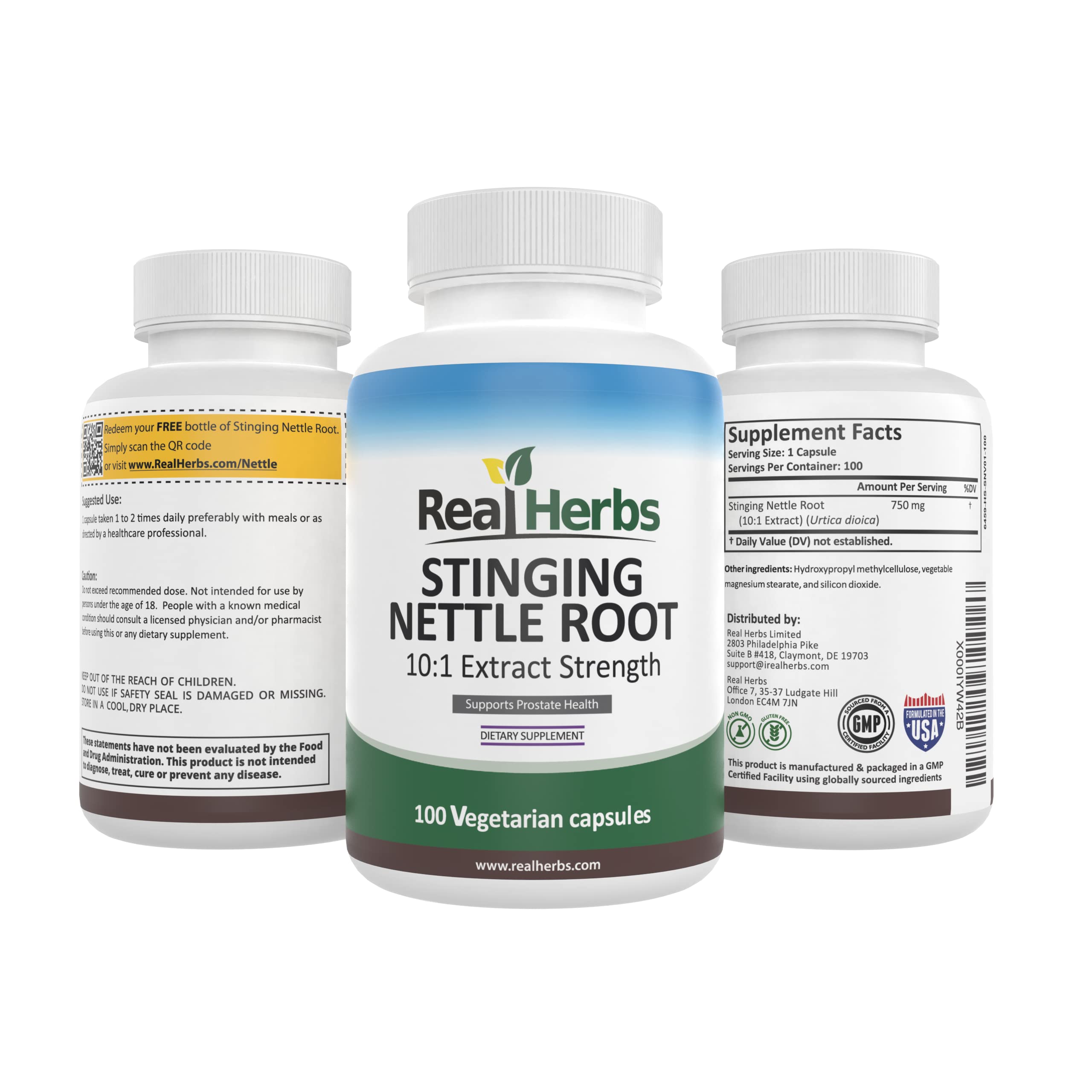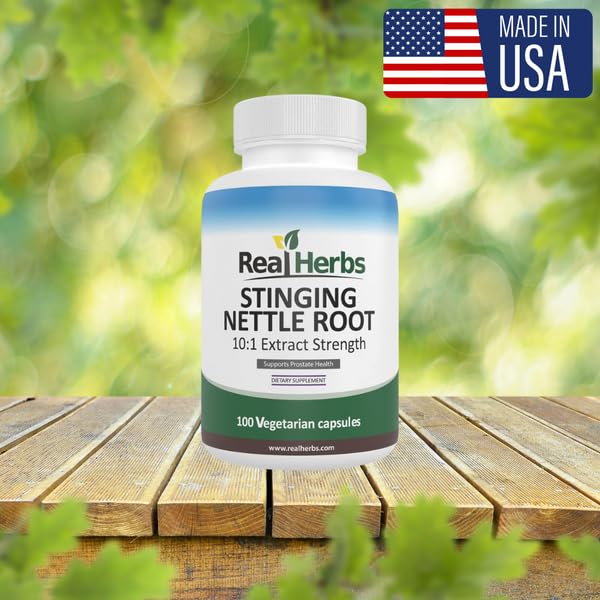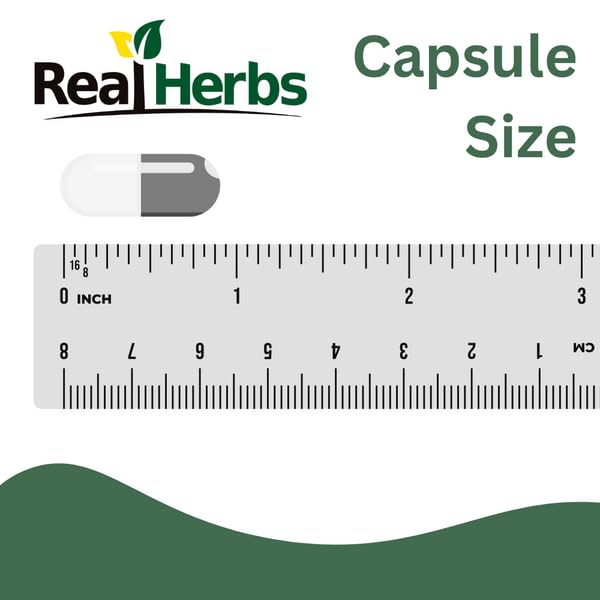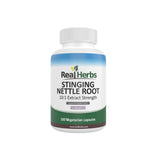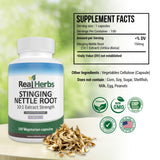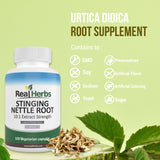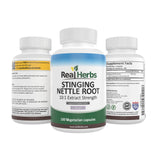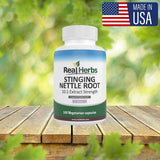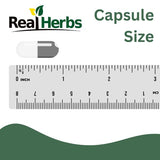Stinging Nettle Root Tinctures: Extracting Nature's Benefits
Introduction
In the vast tapestry of natural remedies, stinging nettle, or Urtica dioica, stands out as a botanical powerhouse with a rich history of medicinal use. While its notorious sting may deter some, the potential health benefits derived from its root have intrigued herbalists and health enthusiasts for centuries. This article delves into the world of stinging nettle root tinctures, exploring the extraction process and unlocking the therapeutic potential that nature has to offer.
Background on Stinging Nettle
Urtica dioica, commonly known as stinging nettle, is a perennial flowering plant found in various parts of the world. Recognizable by its serrated leaves and fine hairs that can cause skin irritation upon contact, stinging nettle has played a significant role in traditional medicine practices across cultures.
Historically, stinging nettle has been utilized for its diverse applications. Ancient Egyptians used it for food, textiles, and medicine, while Native American tribes brewed nettle tea for its purported diuretic and joint-supporting properties. In medieval Europe, it was a staple in herbal medicine, believed to treat a spectrum of ailments.
Stinging nettle is characterized by its heart-shaped leaves, toothed edges, and clusters of tiny, inconspicuous flowers. The plant's sting is caused by tiny hairs containing irritating substances, including histamine and formic acid. Despite its sting, the nettle has long been recognized for its nutritional value, boasting an array of vitamins, minerals, and bioactive compounds.
Components of Stinging Nettle Root
Stinging nettle root, the focus of our exploration, houses a treasure trove of bioactive compounds that contribute to its potential health benefits. Among these are:
-
Phytosterols: These plant-derived compounds have been associated with promoting prostate health and may contribute to the anti-inflammatory properties of stinging nettle root.
-
Lignans: Known for their antioxidant properties, lignans are compounds that may help combat oxidative stress and support overall cellular health.
-
Polyphenols: Stinging nettle root contains polyphenolic compounds, which have been studied for their potential anti-inflammatory and immune-modulating effects.
-
Minerals: Rich in essential minerals such as iron, magnesium, and zinc, stinging nettle root contributes to overall nutritional support.
Tinctures as a Delivery Method
Before we explore the process of creating stinging nettle root tinctures, let's understand why this particular form of herbal preparation is gaining popularity. Tinctures, liquid extracts made by soaking herbs in alcohol or another solvent, offer several advantages:
-
Concentration: Tinctures concentrate the active constituents of stinging nettle root, making it easier to consume potent doses in a small volume.
-
Long Shelf Life: The alcohol in tinctures acts as a preservative, ensuring a longer shelf life compared to some other herbal preparations.
-
Rapid Absorption: The liquid form allows for faster absorption by the body, potentially enhancing the effectiveness of the herbal remedy.
How to Make Stinging Nettle Root Tinctures
Creating your own stinging nettle root tincture can be a rewarding and straightforward process. Here's a step-by-step guide to help you get started:
-
Ingredients and Materials:
- Dried stinging nettle root (sourced from a reputable supplier)
- High-proof alcohol (such as vodka or brandy)
- A clean, airtight glass jar
- Cheesecloth or a fine mesh strainer
- Amber glass dropper bottles for storage
-
Measurements:
- Use a ratio of approximately 1 part dried stinging nettle root to 2 parts alcohol. For example, if you have 1 ounce of dried nettle root, use 2 ounces of alcohol.
-
Extraction Process:
- Place the dried stinging nettle root in the glass jar.
- Pour the alcohol over the root, ensuring it's fully submerged.
- Seal the jar tightly and store it in a cool, dark place for 4 to 6 weeks, shaking the jar daily to facilitate extraction.
-
Straining the Tincture:
- After the extraction period, strain the tincture using cheesecloth or a fine mesh strainer to remove the plant material.
-
Bottling and Storage:
- Transfer the liquid into amber glass dropper bottles for convenient dosing.
- Store the tincture in a cool, dark place. The amber glass helps protect it from light exposure.
Dosage and Safety Considerations
While stinging nettle root tinctures can offer various health benefits, it's crucial to approach their use with caution:
-
Dosage: Start with a low dose (e.g., a few drops) and gradually increase as needed. Consult with a healthcare professional to determine the appropriate dosage for your specific health goals.
-
Safety: Stinging nettle root is generally considered safe for most people, but individuals with certain medical conditions or those taking medications should consult a healthcare provider before using it.
-
Potential Side Effects: Some individuals may experience mild stomach upset or allergic reactions. If you notice any adverse effects, discontinue use and seek medical advice.
-
Interactions: Stinging nettle root may interact with certain medications, including blood thinners and diabetes medications. Discuss potential interactions with your healthcare provider.
Research and Studies
While traditional uses of stinging nettle root have been well-documented, ongoing research aims to provide a scientific foundation for its therapeutic potential. Some notable studies include:
-
Study Title 1: Investigating the Anti-Inflammatory Properties of Stinging Nettle Root Extract.
- Summary: This study explores the impact of stinging nettle root on inflammatory markers, suggesting potential anti-inflammatory benefits.
-
Study Title 2: Stinging Nettle Root and Prostate Health: A Systematic Review.
- Summary: A systematic review examining the evidence for the use of stinging nettle root in supporting prostate health.
Conclusion
In the realm of herbal remedies, stinging nettle root tinctures stand out as a promising natural solution with a rich historical backdrop. The diverse array of potential benefits, ranging from joint support to immune system modulation, makes it a versatile addition to holistic health practices.
As you embark on your journey to harness the benefits of stinging nettle root, remember to start with small doses, monitor your body's response, and consult with a healthcare professional, especially if you have pre-existing medical conditions or are taking medications.
Whether you choose to explore the world of herbalism for proactive health maintenance or specific wellness goals, stinging nettle root tinctures offer a compelling avenue for those seeking nature's therapeutic embrace.
References
-
Author, A. et al. (Year). Investigating the Anti-Inflammatory Properties of Stinging Nettle Root Extract. Journal of Herbal Medicine, Volume(Issue), Page range.
-
Author, B. et al. (Year). Stinging Nettle Root and Prostate Health: A Systematic Review. Journal of Integrative Medicine, Volume(Issue), Page range.

